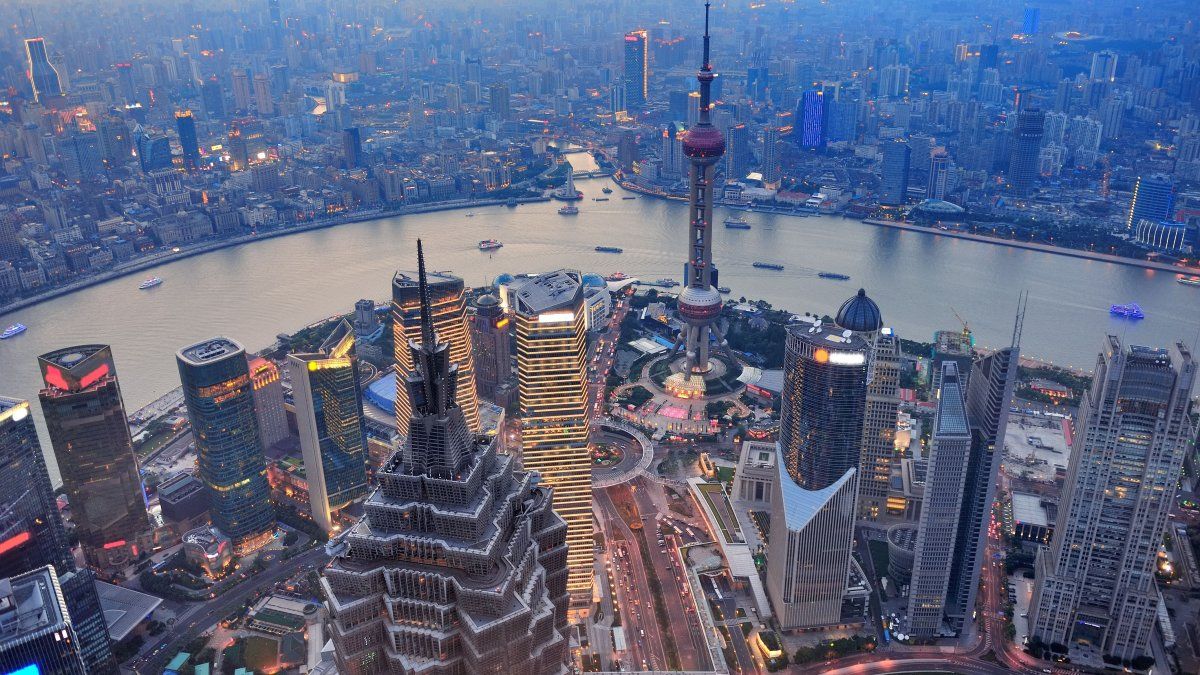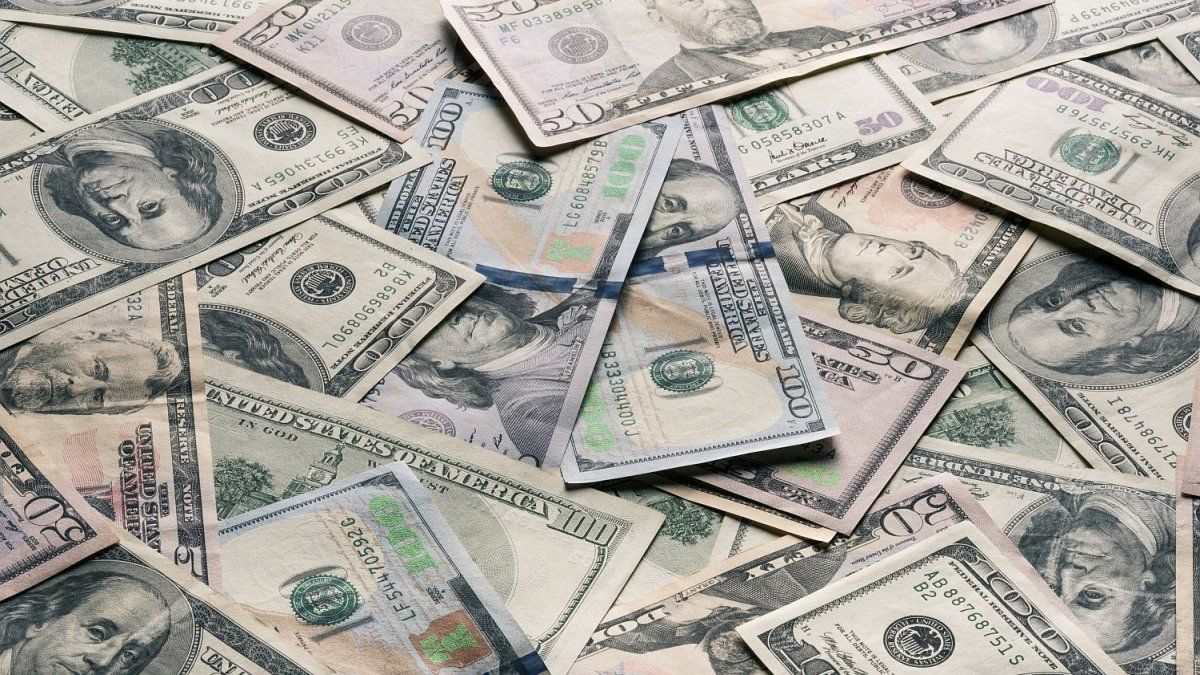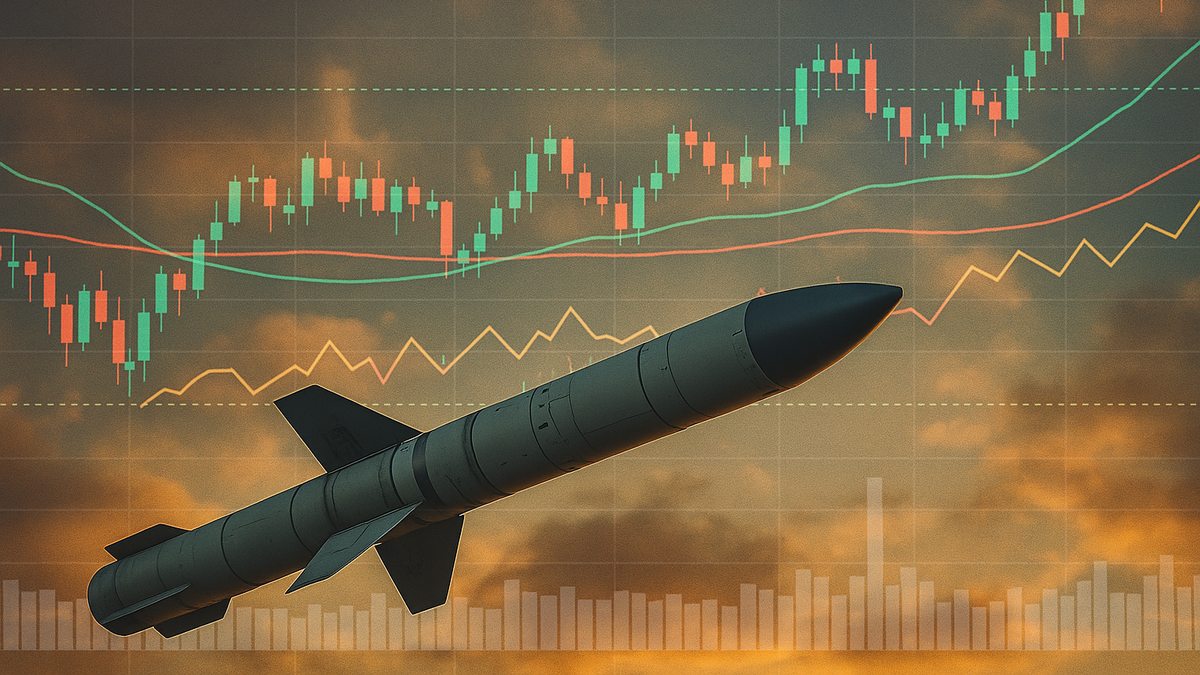China This Friday he published his weakest quarterly growth in a year and a half, despite the salvo of measures implemented to boost consumption and the real estate sector.
The gross domestic product (GDP) of the Asian giant grew 4.6% year-on-year in the third quarter, indicated the National Statistics Office (ONE) in a statement, in which attributed the slowdown to a “complicated and difficult external environment (…), as well as new internal economic development problems.”
This figure slightly exceeds the expectations of the experts interviewed by AFP, who predicted an average growth of 4.5%.
However, it is lower than the +4.7% in the April-June period and, above all, represents the weakest growth since the beginning of 2023, when China began to relax its strict measures against covid-19.
On the other hand, retail sales, the main indicator of household consumption, rose in September at an interannual rate (+3.2%), after +2.1% in August, which represents an encouraging sign.
Likewise, urban unemployment fell to 5.1% in September, compared to 5.3% in August.
These figures offer a ray of hope after a series of disappointing data on inflation, investment and trade.
Faced with the economic slowdown, the authorities have announced in recent weeks a series of measures to stimulate activity.
The Chinese government aims to grow 5% this yeara number that any Western country would envy, but which is very far from the double-digit expansion that the Chinese economy sustained for years.
The provisions initially announced caused euphoria in the markets, but optimism declined due to the lack of specific figures on the amount the government will invest in the stimulus.
One of the main problems facing China is the crisis in its real estate sector, which was an economic engine and now accumulates massive debt.
Beijing is “trying to convince with more noise than anything else about the stabilization of the real estate market,” Stephen Innes of SPI Asset Management commented in a note.
“But let’s be honest, the Chinese real estate problem is not something that can be fixed with a few speeches and half-measures,” Innes added.
This Friday, the Chinese central bank announced a program aimed at insurance companies and investment funds.
And its governor, Pan Gongsheng, indicated that a new reduction in the required reserve ratio (RRR) for banks could be carried out before the end of 2024, to provide greater lending margin.
At the same time, major Chinese banks announced that they will “lower interest rates on yuan deposits,” according to public television CCTV. This is the second reduction so far this year.
These recent announcements are steps “in the right direction,” Benson Wu, an economist specializing in China at Bank of America Global Research, told AFP.
But “there are still points to be clarified before a detailed evaluation of the effectiveness of these policies can be made,” he added.
For analyst Zhang Zhiwei of Pinpoint Asset Management, Beijing’s goal of growing around 5% in 2024 will be “difficult to achieve” unless the trend is reversed by the end of 2024.
“We may have to wait until November to find out more, as the outcome of the US elections is likely one of the factors influencing political thinking in Beijing,” he added in a note.
Source: Ambito
I am Pierce Boyd, a driven and ambitious professional working in the news industry. I have been writing for 24 Hours Worlds for over five years, specializing in sports section coverage. During my tenure at the publication, I have built an impressive portfolio of articles that has earned me a reputation as an experienced journalist and content creator.




